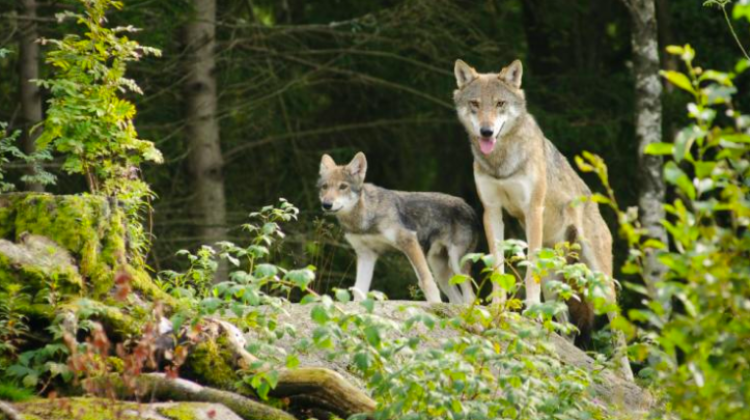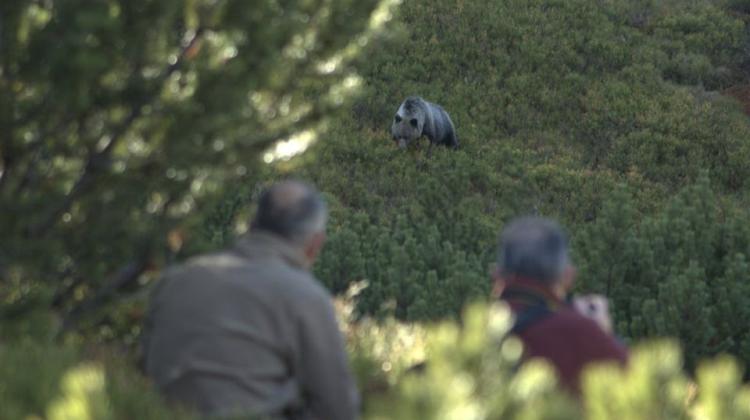Growing populations of wild animals in the forests of Podkarpacie
 Photo: Fotolia
Photo: Fotolia
The forests of Podkarpacie are home to 487 European bison, over 230 bears, over 680 wolves, 270 lynxes, 230 wildcats and 10.9 thousand beavers, show the results of the annual inventory of wild animals in the region.
"We are recording an increase in the numbers of most species of wild animals" - told PAP spokesperson for the Regional Directorate of State Forests in Krosno, Edward Marszałek.
According to Marszałek, this year`s inventory was carried out "using modern methods". "In addition to traditional tracking, we used remote sensing as well as images from thermal imaging cameras and analogue cameras. As a result, we can count the bison with accuracy of a single individual" - he added.
Inventory has shown that in south-eastern Poland there are also nearly 15 thousand deer, 43 thousand roe deer and almost 400 elk. The elk population more than doubled compared to five years ago.
The number of foxes dropped to 9.2 thousand; five years ago there were 10.3 thousand. There are 2.4 thousand wild boars; a year ago there were 6.5 thousand "This reduction is associated with the occurrence of African swine fever in the country" - noted Marszałek.
Smaller predators are also found in large numbers in the Podkarpacie region. There are 5.2 thousand martens, and 2.8 thousand of each badgers and polecats. Foresters also counted 23 thousand pheasants and 14.4 thousand hares.
"Despite some fluctuations in the number of individual species, the forests of Podkarpacie are a living environment of stable populations of both game and protected animals" - emphasized the spokesperson.
According to the director of the Regional Directorate of State Forests Grażyna Zagrobelna, "the forests of Podkarpacie are among the most important national wildlife refuges in the country, but their natural value is determined by the presence of the largest protected predators including bear, wolf, lynx and wildcat, as well as strong wild bison herds living in Bieszczady".
The European bison population has increased to an unprecedented number of 487 animals. Precise determination of the number of these animals was possible thanks to the monitoring of wild herds conducted in the Bieszczady Forest Districts since 2007, and the analysis of records from photo-traps.
Zagrobelna noted that the primary objective of the annual inventory conducted in forest districts in cooperation with hunting clubs was the assessment of game species, but it was also an opportunity to analyse the numbers of protected animals.
"Remember that the primary source of food for protected predators are representatives of game species such as deer, roe deer and wild boar. Reconciling all conditions of hunting economy with nature protection objectives is a priority task for preserving the full biodiversity of our forests" - added Zagrobelna.
The growing numbers and species diversity of wild animals in the forests of the Regional Directorate of State Forests in Krosno indicate good condition of the forests, but also strongly affect the costs of forestry and agricultural cultivation. Large deer herds can destroy the younger generation of the forest.
This year, Krosno forest districts will spend nearly PLN 3.78 million on chemical and mechanical protection of seedlings against animals. In addition, fencing some of the crops will cost PLN 3.47 million; fencing 686 ha is planned for 2018.
PAP - Science in Poland, Alfred Kyc
kyc/ ekr/ kap/
tr. RL
Przed dodaniem komentarza prosimy o zapoznanie z Regulaminem forum serwisu Nauka w Polsce.
















